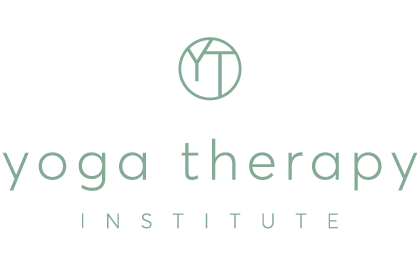And why it can support students with Diabetes
A Yoga Therapy Perspective
Sleep and diet are key facets for healthy living, but did you know that your circadian rhythm also aids healthy Blood Glucose Levels? This is particularly important for those at risk of or living with Diabetes.
There’s a feedback system between the carbohydrates we consume, the insulin our bodies create and the glucose our bodies manage. These keep the blood glucose levels (BGL) in check. When there is a disruption in this feedback system and there are no carbohydrates to be released, the body breaks down fat for energy and this results in the production of ketones.
Cortisol and Blood Glucose Levels
The daily fluctuation of cortisol in the body also acts on the Blood Glucose Levels of the individual. Our cortisol levels naturally increase at approximately 4.00-5.00am to ‘wake’ us up. This also signals to the body that it needs more glucose. There is a base level of insulin released from the pancreas all the time and this release will elevate with the intake of any carbohydrate.
It’s important to keep blood circulating around the small intestine and liver as this will prevent stasis of the intercellular fluid. This in turn aids movement and drainage of lymphatic fluid that will greatly aid the healthy digestion of carbohydrates.
How can Halasana help?
Poses such as Halasana (Plough pose) are great poses for abdominal stimulation, fluid movement, and the nervous system and can be incorporated into your yoga practice to boost healthy BGL. Whilst it may not an accessible pose for all students, especially if they already have a diagnosis of Diabetes or other contraindications, modifications of this pose can be used such as:
- Halasana with a blanket supporting the back beneath the shoulders
- Easy plough pose, with knees resting on the forehead
- Reclined Legs raised with a strap
- Reclined Legs raised with a Bolster beneath the sacrum
- Visualising the pose whilst lying in Shavasana
*Excerpt from Yoga and Diabetes workshop with Liz Williams.
